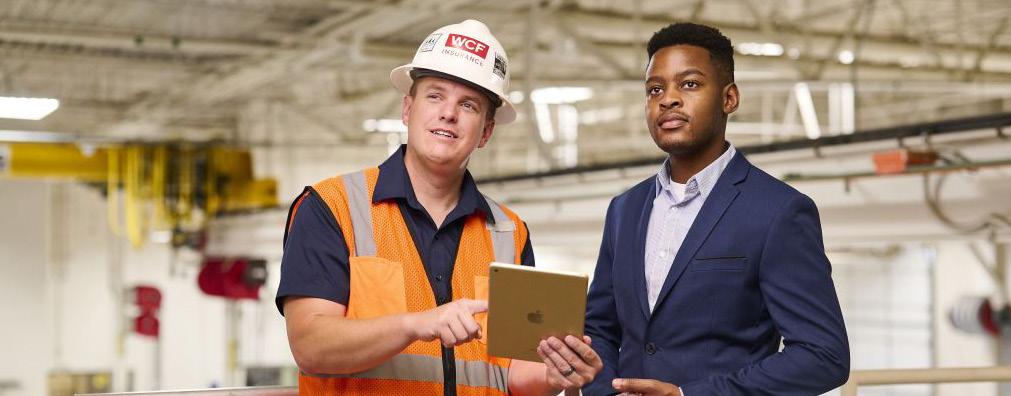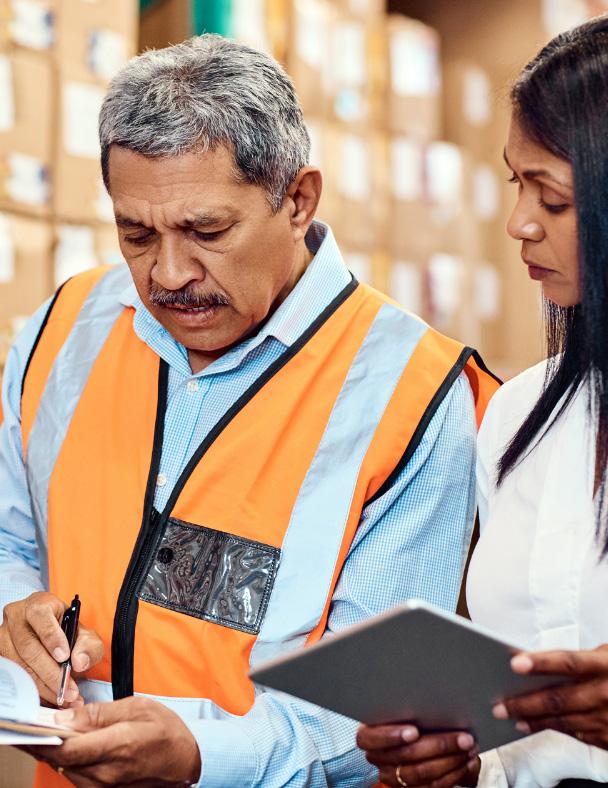
2 minute read
Incident Investigation
Incident Investigation
By. Workers Compensation Fund
Workplace accidents happen. Incident investigations prevent future and similar accidents from happening. The goal is not to seek or point blame, but to collect information that can be analyzed in identifying the underlying root causes or fundamental reasons for an incident.
An incident is an event that happens because of a departure from normal operating conditions. Incidents (also called, near misses, close calls, near hits, etc.) may cause property damage or result in injuries. Incidents are disruptive, unplanned, unwanted, and controllable. Whenever there is a significant departure from normal operating conditions, perform an investigation.
You should perform incident investigations to: • Prevent incidents from happening again • Save lives • Save money • Identify hazards • Improve and expose system inefficiencies • Reduce future injuries and workers’ compensation costs • Determine contributing causes • Establish effective corrective actions
WHEN TO INVESTIGATE In an ideal situation, you should investigate every incident, including close calls. In practice, you’ll have to choose what should be investigated. Use the following criteria to determine if an incident should be investigated: • Injury severity • Property damage • Significant disruption • The worst plausible outcome if the incident occurs again • If someone could have been injured or killed
Once you determine that an incident should be investigated, perform the investigation as soon as possible. The longer you wait, the more evidence you will lose. If an incident results in a significant injury or fatality, you will need to notify OSHA, who may ask you to secure the scene. You can investigate the scene (provided you do not disrupt it) even if OSHA requires the scene be held.
HOW TO INVESTIGATE There are several best practices to use when investigating incidents. Best practices are the most effective techniques available, and you can add your own as you discover what’s best for your company and your situation. Use the best practices below: • Develop a plan and some procedures about how to conduct the investigation. • Assign responsibilities. • Address first aid and/or emergency care. • Include methods to develop and evaluate an investigation kit, including tools, forms, PPE, etc. needed to perform the investigation. • Secure the scene. • Interview witnesses. • Gather information and facts using video, photos, notes, etc. • Determine root causes. • File a workers’ compensation claim. • Implement controls. • Write a report.

For more information on incident investigation and safety topics, visit wcf.com. If you’re interested in getting a 5% discount on your workers’ compensation insurance as a member of the Utah Manufacturers Association, talk to your agent about the benefits of WCF Insurance.

CONNECTINGAND STRENGTHENING UTAH'SMAKERS 428EWINCHESTERSTREET,#135 MURRAY,UT84107
PHONE801-363-3885 UMA@UMAWEB.ORG WWW.UMAWEB.ORG







